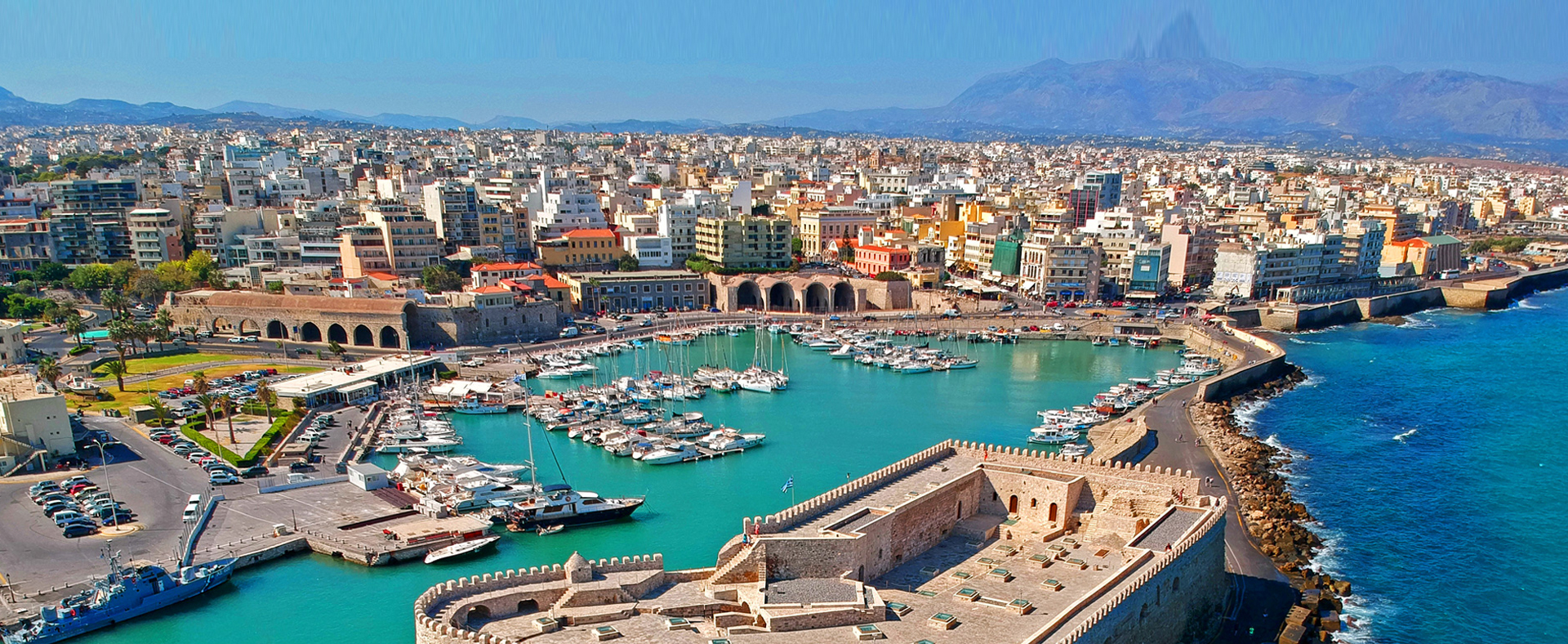The design of Olive Green has been based on respect for the environment, which lead us to create a "smart" building, 100% eco-friendly, built in complete harmony with the surrounding area.
Archaeological Museum of Heraklion



The Archaeological Museum of Heraklion is one of the most important and significant museums in Greece. The museum was built between 1937-1940, and boasts 20 rooms with exhibits originating exclusively from Crete. The collections come mostly from central and eastern Crete, and cover a span of 5.500 years. The exhibits are presented following the chronological evolution of the Minoan civilization. It is located in the center of the town just 100 m from the Hotel.
Information: (+30) 281 0279000


















